In the early 1960s, when Jewish delis, kosher butchers and bakeries lined the Venice boardwalk, Temple Mishkon Tephilo was Aliza Wine’s neighborhood social hub.
Wine and her Hebrew school friends would take drama classes and plan their Rosh Hashanah outfits together. The local Jewish tailor was a fellow congregant. Every week, it seemed, she would run into peers, family friends and former babysitters in the synagogue’s seaside social hall.
Today, Mishkon’s winding stairwells and airy, domed sanctuary exude a timeworn quality congregants tenderly dub “shabby chic.”
The neighborhood has changed; the paint and carpets have faded, but Mishkon members’ desire to preserve the spirit of the nearly century-old temple has not.
In June, the synagogue — the oldest still operating on the Westside — held a 90th anniversary party featuring a catered dinner, period music performed by the Palisades String Ensemble, speeches and trivia games. Organizers erected a “memory wall” of artifacts and photos, some from the Mishkon archives, others submitted by longtime congregants.
The occasion for the fete, however, was somewhat of a misnomer. Sure, Mishkon Tephilo is at least 90, but congregants know the synagogue is actually “90-something.”
Mishkon Tephilo might have been founded in 1914, when records show a group of Ocean Park Jews got together for the first time to hold High Holy Days services. But it could have been 1917, when the congregation’s Articles of Incorporation are dated. Or maybe it was 1918, the year the first recorded board meeting was held.
“This sort of thing is difficult to pinpoint,” said Marvin Wolf, Mishkon’s treasurer and informal historian. “It may have started with a minyan meeting casually in someone’s living room, getting together to daven.”
The pieces of history that are known for sure are as colorful as the pastel storefronts populating the synagogue’s Main Street location.
Mishkon’s first facility was built in 1922 a couple of blocks from the old Fraser Pier. At early High Holy Days services, when all the chairs were filled up, young men in the congregation would carry in benches from the beach to seat all the worshipers.
During Prohibition, Mishkon allegedly had a rabbi who was investigated by the feds for selling wine, which religious institutions were allowed to keep on hand for rituals.
In 1940, the growing congregation raised funds and began excavating to build a bigger facility. But as World War II intensified, construction materials were diverted to the war effort and the project halted. The hole in the ground yawned open for years.
When the war ended, congregants were keen to resume building, but hiring an architect would be costly. So the synagogue’s then-president asked his stepson, a returning Navy veteran, to take over the job. The young engineer had been a Seabee in the South Pacific, part of a construction battalion charged with building military bases to house the U.S. invasion forces. Could building a synagogue be so different?
Turns out not — the Seabee dug through his old blueprints from the war and, with a few modifications, drew up a Spartan but functional plan. Today, to a military veteran like Wolf, Mishkon’s downstairs social hall is easily recognizable as a standard mess hall and the sanctuary above it as a military base theater.
The congregation dedicated its new quarters in 1948. Founded as an Orthodox community, Mishkon joined the Conservative movement in 1952. It became the first Conservative synagogue in the Western United States to be led by a female rabbi when the congregation hired Rabbi Naomi Levy in 1989. She served until 1996.
Walking through the sanctuary and narrow halls now, history seems to hover in every corner.
“It feels like my grandfather could have davened here,” Mishkon vice president Debbie Berenbach said. “It feels timeless.”
In the 1950s and ’60s, the synagogue served as many as 1,000 local families. Venice was then a haven for Jewish retirees and families, who flocked to the beachside district colloquially known as “the Coney Island of the West.” But as the Jewish population in Ocean Park declined, so did Mishkon’s membership. Now, most of the synagogue’s 170 member families drive in from neighboring Mar Vista, Santa Monica and Marina del Rey.
Not that any of this has diminished Mishkon’s sense of community.
Asked what it’s like to lead the congregation, Rabbi Dan Shevitz said, “You’re really asking what it’s like to be with your family. Most of the time it’s exhilarating; sometimes it’s challenging.”
The atmosphere at Mishkon is “fiercely participatory,” said Shevitz, who has been at the synagogue for 15 years. “People feel enough ownership to pause in the service to ask questions or share an anecdote or explanation with one another. Sometimes the smartest thing I can do is just step back and let the magic happen.”
Shevitz is known around his congregation as a somewhat larger-than-life character. He is president of the Southern California Community Bet Din, a Talmud professor at the Ziegler Rabbinical School of American Jewish University (AJU), a licensed private pilot and motorcyclist, and the principal percussionist in the Palisades Symphony orchestra, where his wife, Amy Hill Shevitz, plays violin. On Fridays, he can be found with his accordion, entertaining the children at thesynagogue’s Susan Sims Bodenstein Preschool.
Usually, about 75 to 125 people attend Shabbat services. The sanctuary, whose pale blue walls rise toward an arcing ceiling, seats more than 700 beneath stained glass windows that, for lack of air conditioning, are usually open to the salty ocean air.
The turquoise stretch of the Pacific is visible from the steps leading up to the building’s column-lined entrance. In fact, a plaque on the lobby’s West-facing wall implores visitors to recite a Hebrew blessing that reads: “Blessed be the holy one who gave us the great sea.”
Congregants’ memories of Mishkon over the years are as textured as they are poignant: bar and bat mitzvahs, standout sermons, Purim costumes, the old mural of Jewish slaves leaving Egypt that decades ago adorned the wall near the bimah and now lies under more than 20 coats of paint.
One nugget of history that Mishkon revisits weekly can be found in the synagogue’s ark: a Sefer Torah that survived the Holocaust. The scroll once served the synagogue in Mezokovacshaza, Hungary, where Louis Sneh grew up and had his bar mitzvah before the war. In 1944, Nazis destroyed the town and sent its 900 residents to death camps. Sneh was one of the 17 who survived.
When Sneh, now a Mishkon congregant, learned that the Torah had been salvaged from the war, he traveled to Hungary with his family in 2003 to claim it. The scroll, which is thought to be more than 300 years old, was restored at Mishkon and is now used regularly at services.
Next on the congregation’s list of items to restore is its aging structure. The synagogue doesn’t have a parking lot (few locals drove cars when the structure was built), and years of deferred maintenance have taken a toll.
Lay leaders three years ago held a contest in which they invited architectural firms across the country to submit design ideas that would preserve the historic site’s character. Committee members chose a design by Michael Lehrer of Lehrer Architects in Silver Lake and are now determining costs and preparing to raise the necessary funds.
Aliza Wine hopes the renovation keeps the banisters out front intact — she and her friends used to slide down them, as children, in their holiday clothes.
Now a vice president on the board, Wine still sits in the same “ancestral row” for services — row 21 on the left side — where her family has always sat. Descendents of the same families still sit in front and across from her, too. Her son Ezra, 17, is now a teacher’s assistant at the synagogue’s religious school.
“I feel more at home there than anywhere,” Wine said. “There’s a sense of continuity. People have known me since I was a kid. They’ve known my parents, and they know my son. I hope to be at Mishkon for a long time.”







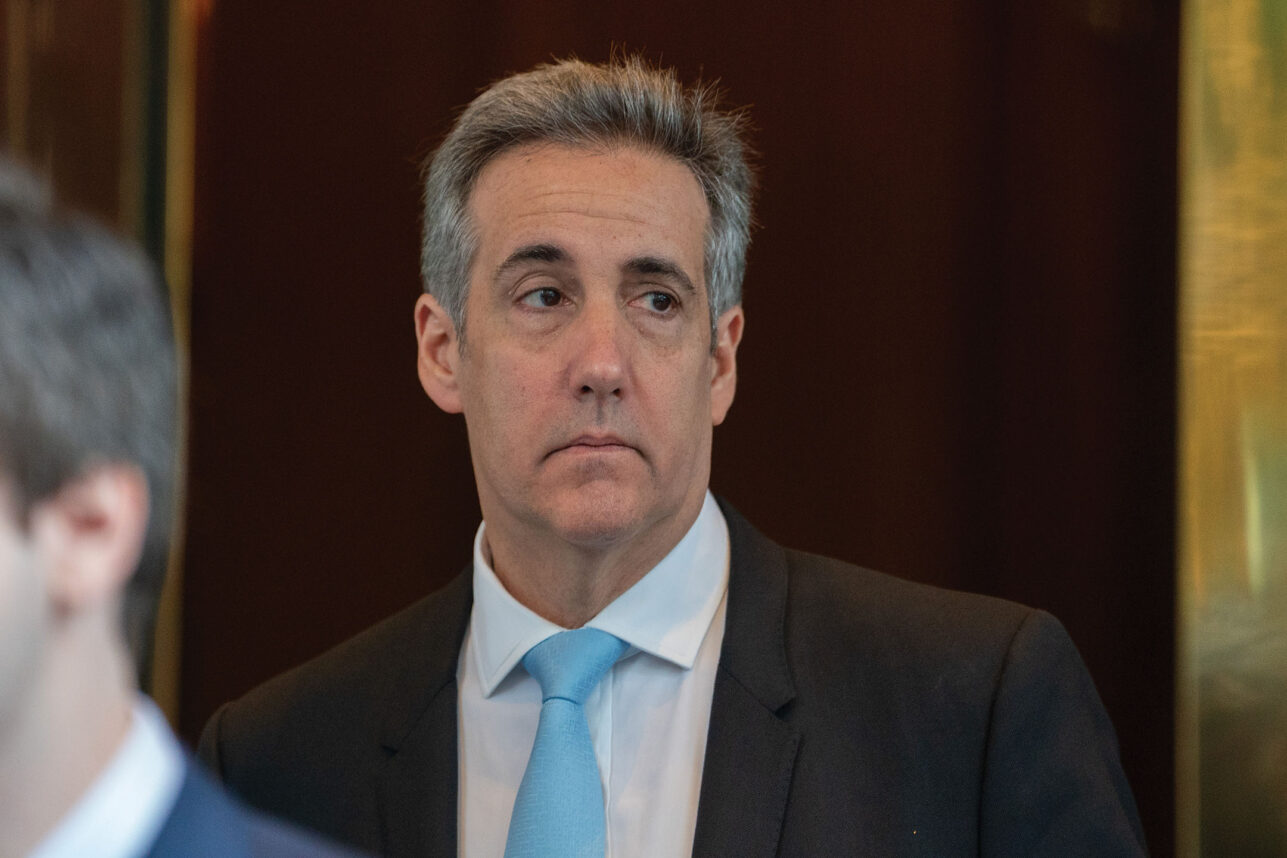



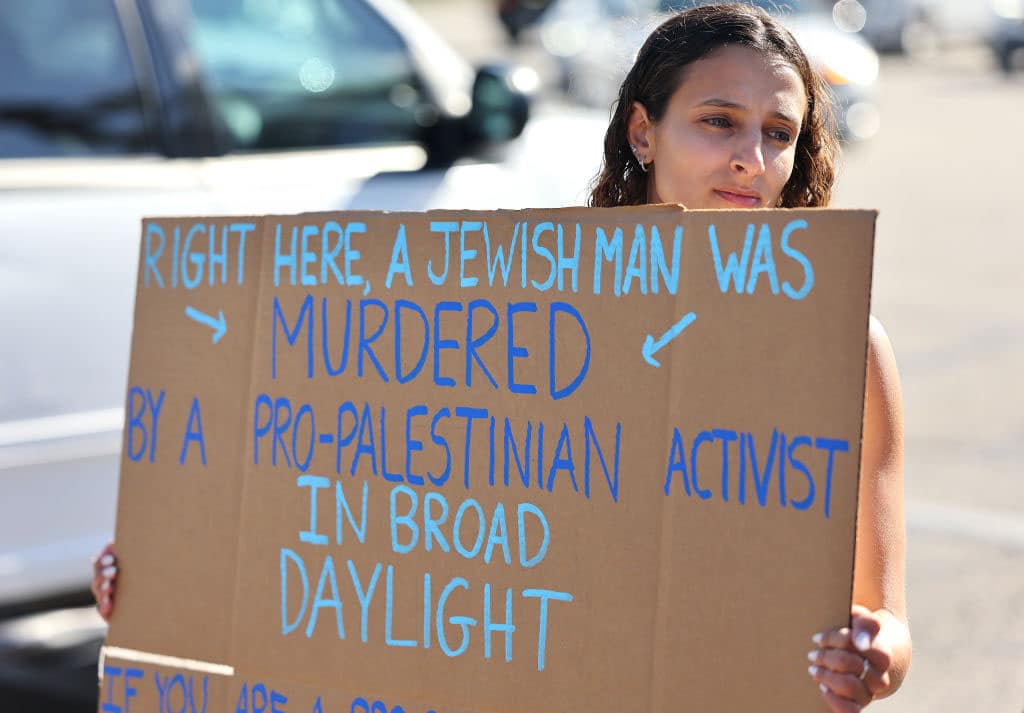



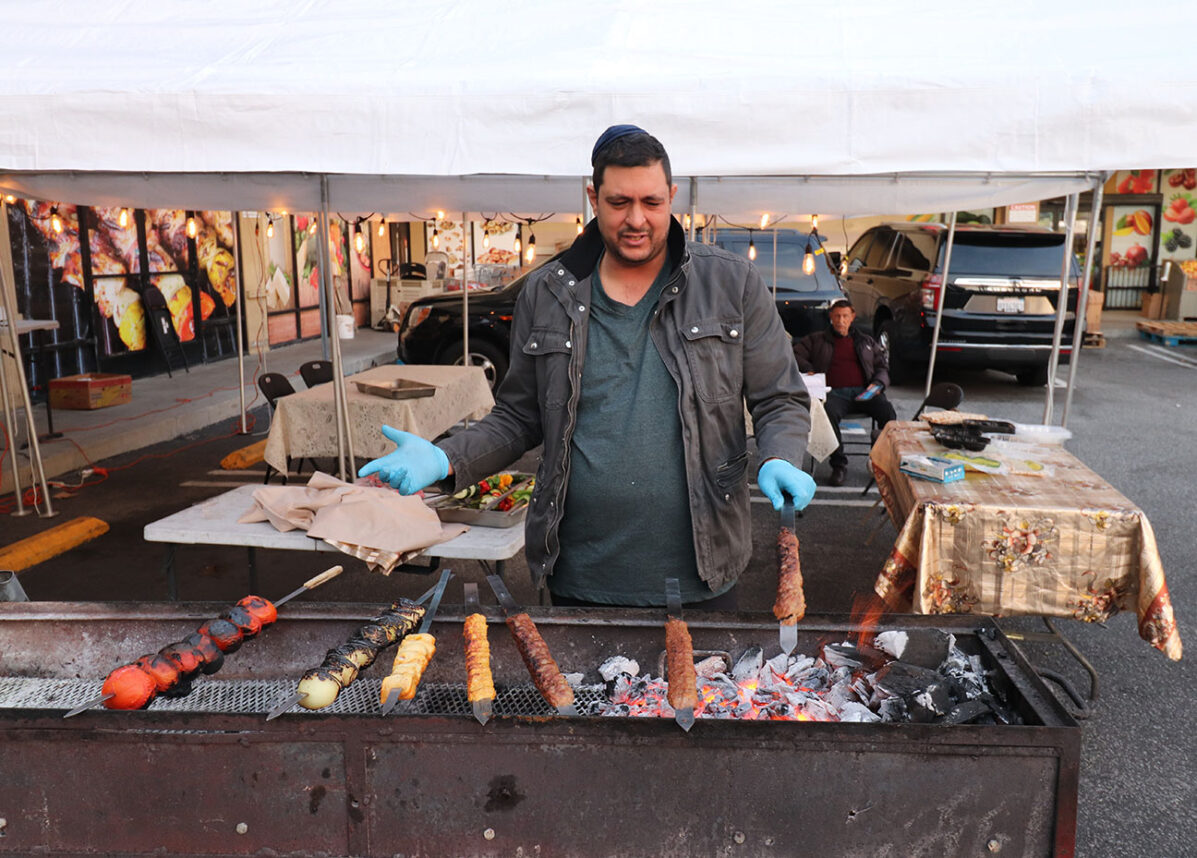
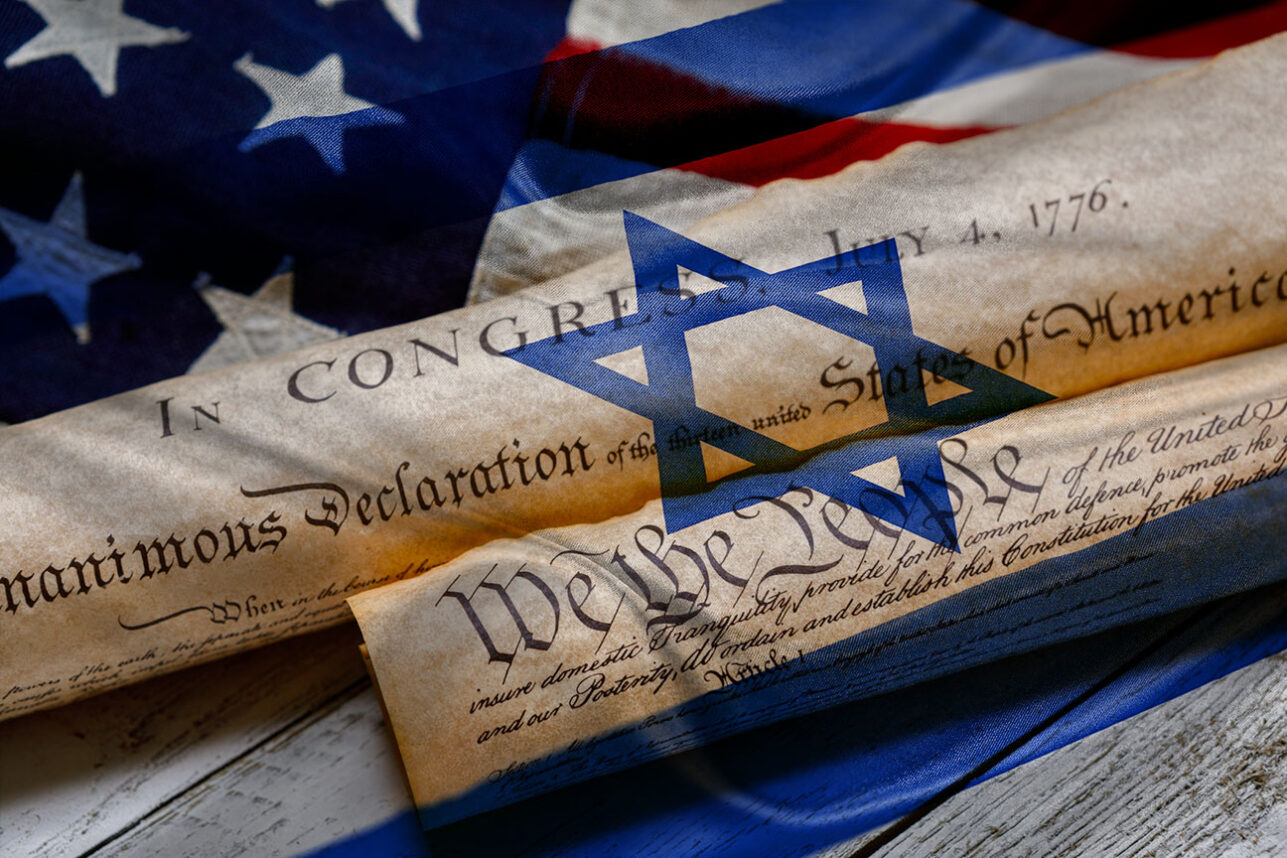



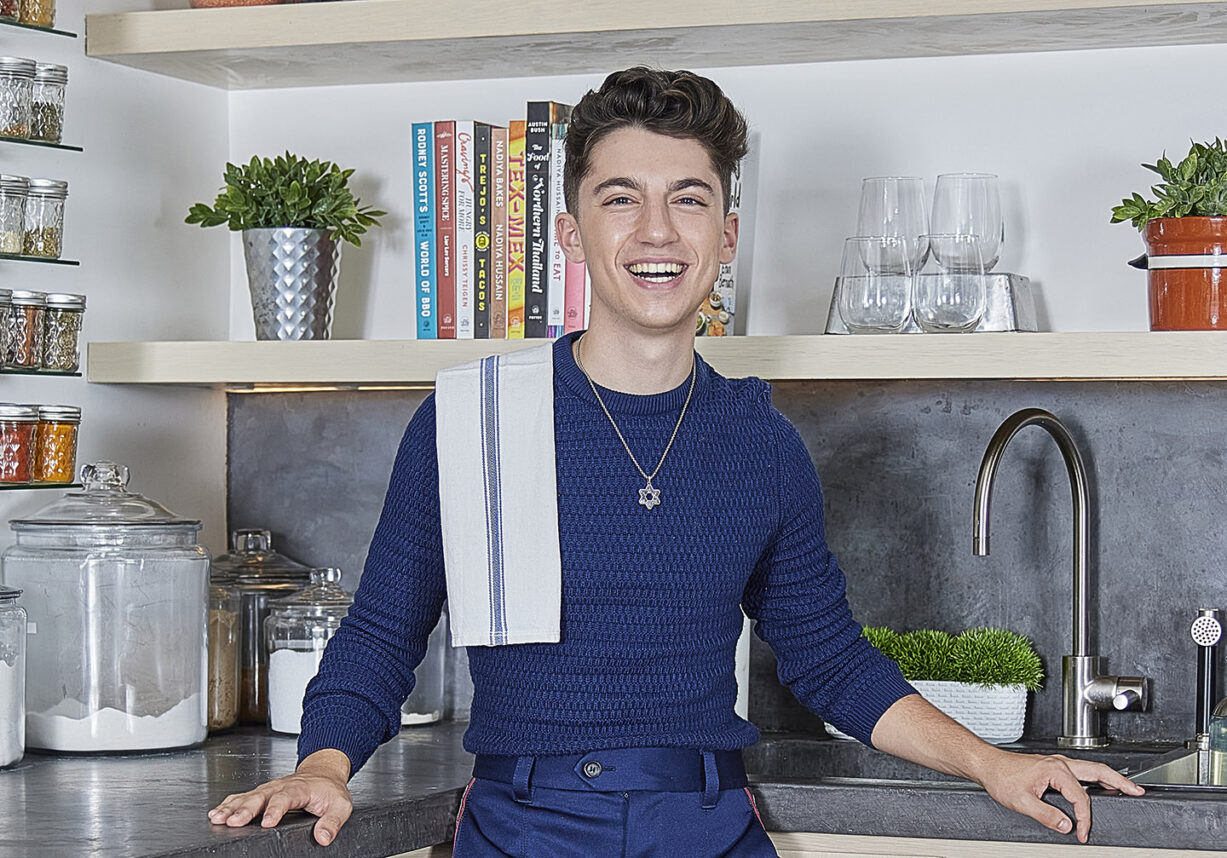

 More news and opinions than at a Shabbat dinner, right in your inbox.
More news and opinions than at a Shabbat dinner, right in your inbox.